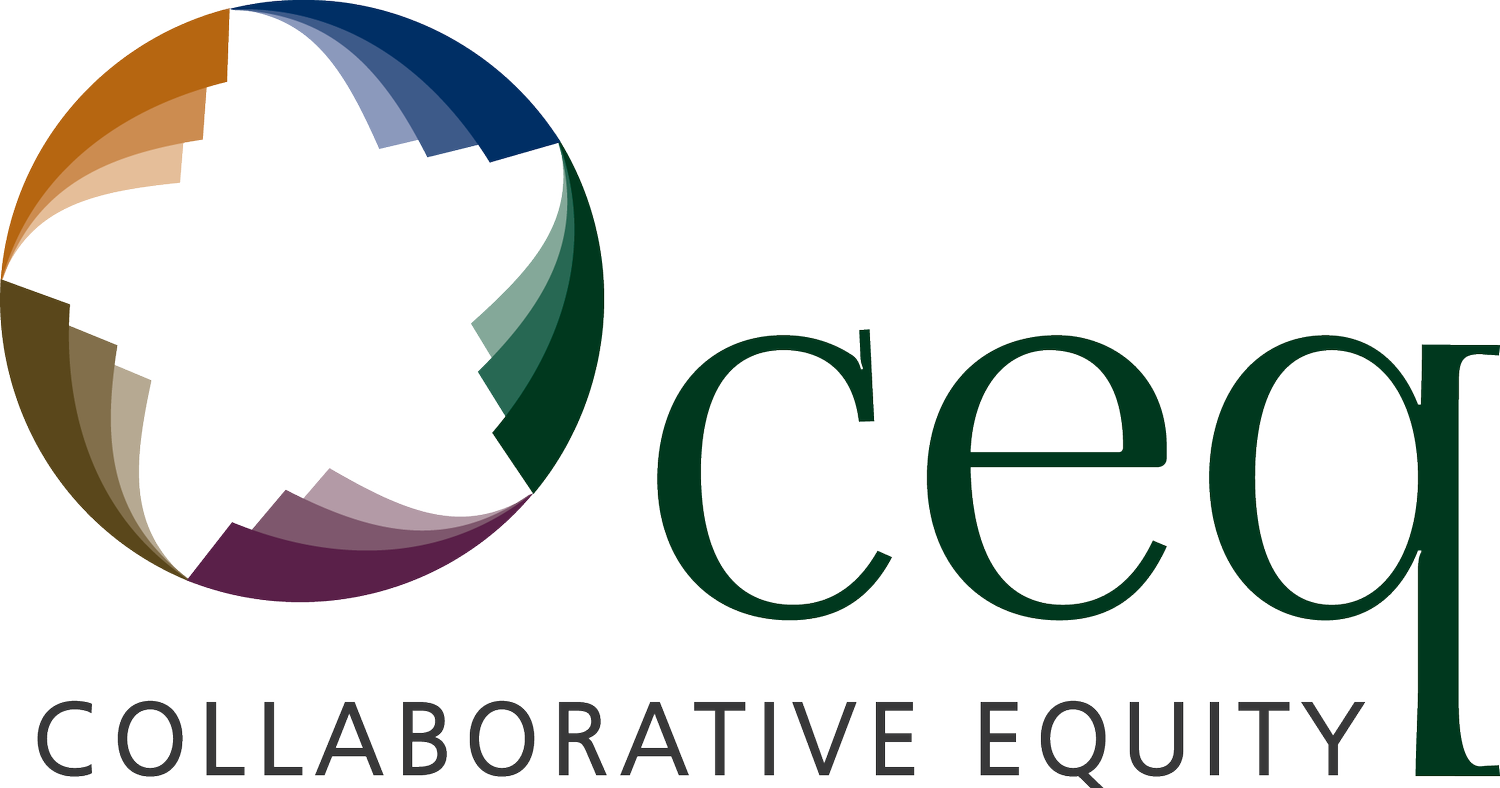CEQ’s Cultural Change Programme gives participants two hugely significant frameworks with which to lead significant change in their organisations. This programme is frequently paired with CEQ’s Cycle of Ownership programme to provide the most comprehensive curriculum for large scale business transformation.
Participants will be taken through these two frameworks, always encouraged to reference their own live situations to best embed both the content and their methods of managing people through change.
3 Foundations of Cultural Change
First of all, participants will be taken through CEQ’s 3 Foundations of Cultural Change. This framework provides both the ‘Why’ and the ‘What’ of change. The biggest error made by leaders is when they communicate clear goals and principles, but then preside over enterprises where these fine and noble words are not honoured in actuality. CEQ’s proven approach is so effective because it tackles this dynamic head-on, providing clear and pragmatic tools to directly link the intentions of leaders with the outcomes of behaviours and results.
1. Intentions
Mission, Vision, Goals (something for every stakeholder): Investors, Executives, Employees, Customers, Suppliers, Community, Environment
2. Structures
Values (a structure not an intention), people and business processes, 1:1s and meetings, Strategy, the Plan, KPIs, communication and education, coaching (a structure not a behaviour)
3. Behaviours
Monitoring, observation, feedback, rituals, rewards, consequences, outputs, results
Participants spend time constructing clear intentions. While this is seemingly the simplest part of the whole process, participants experience one of the prime challenges of leadership – what to dictate as non-negotiable.
Participants then spend time on the structures and processes required to turn intentions into reality.
Having completed the planning phases, participants then turn their intention to the ‘How’ – the building of practical strategies.
CEQ’s 8 Steps of Cultural Change
CEQ’s process has echoes of Professor John Kotter’s most famous 8 Steps – perhaps the most widely used change management methodology in the corporate world. It’s hard to argue against these proven and common sense strategies, however leaders implementing Kotter’s steps frequently fail due to it can allow leaders to shy away from the starkness, the shock even, of the consequences of not changing. Some people will change when they see the light, but we’re fundamentally wired to survive and not thrive, so most people will only change when they feel the heat. Secondly Kotter’s model is very heavy on Vision (3 of 8 steps) and therefore too light on pragmatism. People need to see the common sense and to feel the daily improvements very quickly in order to stick with programmes that they are used to being overly theoretical and just too vague to be of relevance to their daily work.
CEQ’s 8 Steps are:
Be honest about what happens if we don’t change
Listen to customers and employees
Set clear intentions and symbolic goals
Slaughter some sacred cows
Establish non-negotiable structures and processes
Turn the managers into Coaches
Create Champions and CI teams
Educate employees in the business model
Participants are taken through all steps, again with reference to their own live situations, and are given practical advice, tools and techniques on employee motivation and engagement.

